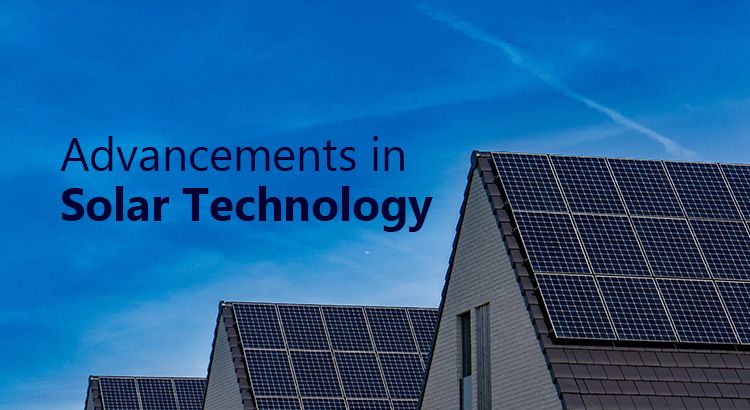What Are the Latest Advancements in Solar Technology?

Recent years have seen tremendous advancements in solar technology, which has changed the way that renewable energy is harnessed and utilized.
With the increasing interest in clean energy solutions and abundant sunlight in various regions, these innovations hold immense potential for a sustainable future. This blog post explores some of the most recent developments in solar technology and their possible applications.
Advancements in Solar Technology
1. Bifacial Solar Panels
Bifacial solar panels have emerged as a cutting-edge solution in solar technology. Unlike traditional panels, these panels have photovoltaic cells on both sides, allowing them to capture sunlight reflected from the ground in addition to direct sunlight.
The key benefits of bifacial solar panels include increased energy production and versatility. They can generate up to 20% more power than conventional panels, making them highly efficient, especially in areas with high albedo like snowy or sandy environments.
2. Solar Shingles
Solar shingles are innovative roofing materials that seamlessly incorporate solar cells into the structure of buildings. These shingles mimic conventional roofing materials such as asphalt or clay tiles while harnessing solar energy.
They typically feature thin-film solar cells or crystalline silicon solar cells embedded within their surface, blending aesthetics with functionality and sustainability.
3. Solar Windows
Solar windows, also known as photovoltaic windows or transparent solar panels, are revolutionizing building materials by generating electricity from sunlight while allowing visible light to pass through.
By integrating transparent photovoltaic cells into glass or window frames, these windows offer dual functionality, serving as both energy generators and structural components in buildings.
4. Floating Solar Farms
Floating solar farms represent an innovative approach to solar energy generation, utilizing solar panels mounted on floating platforms. These farms optimize land use by utilizing water bodies for solar energy production, while benefiting from the cooling effect of water to enhance energy production efficiency.
This approach minimizes environmental impact, preserves land resources, and offers a sustainable solution for renewable energy generation.
5. Artificial Intelligence and Smart Grid Integration
The integration of artificial intelligence (AI) and smart grid technology is revolutionizing the solar energy sector. AI-driven algorithms optimize the performance of solar panels, enhancing energy production and efficiency.
Smart grids facilitate seamless communication between renewable energy sources, storage systems, and the grid, ensuring reliable and efficient energy supply. These advancements improve energy efficiency, reduce wastage, and make solar energy more accessible and reliable for consumers.
Conclusion of the Latest Advancements in Solar Technology
The latest advancements in solar technology signify a significant leap towards a sustainable energy future. As we continue to embrace these advancements, we move closer to achieving our goals of mitigating climate change and ensuring energy security for generations to come.
